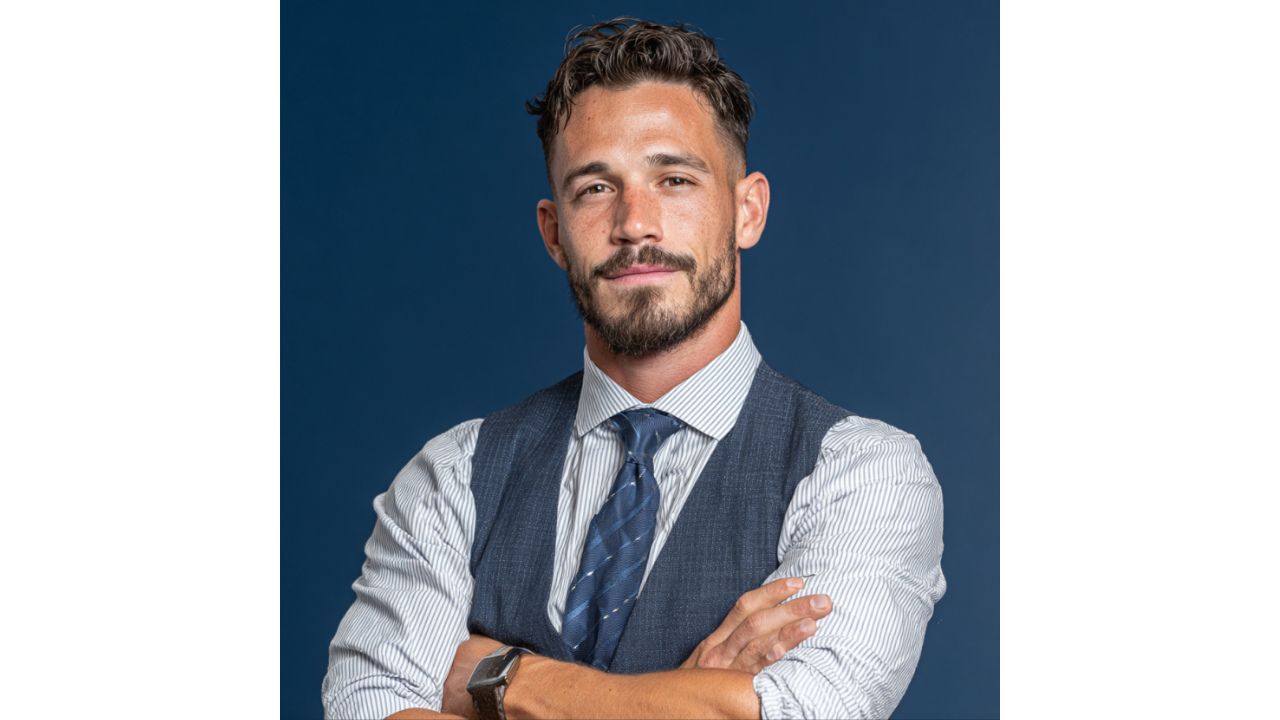Micro-Moment Marketing for Professional Services: Being There When Questions Arise
In today's fragmented customer journey, professional services firms face a unique challenge: potential clients don't follow a linear path to...

The handshake deal is dead. The six-month sales cycle is dying. And that proposal you sent three weeks ago? Your prospect has already evaluated four competitors, checked three references, and built a financial model—all without talking to a single salesperson.
Professional services sales cycles aren't just changing—they're being completely reconstructed by technology, economic uncertainty, and a generation of buyers who research everything before they buy anything. By 2026, the firms that survive will be those that understand these shifts and adapt accordingly.
The Paradox: Sales cycles are simultaneously getting faster and longer, depending on the type of engagement and buyer sophistication.
The reason? Risk aversion meets information abundance. Buyers can research everything instantly, but that same access to information creates analysis paralysis for bigger decisions.
Tech is, duh, a disruptor here.
By 2025, 87% of professional services buyers complete initial vendor research before any sales contact, up from 67% in 2022. This means prospects arrive at first meetings already educated about your capabilities, pricing ranges, and competitive positioning.
Large enterprises increasingly use AI tools to evaluate professional services proposals, comparing methodologies, pricing, and team qualifications across multiple vendors simultaneously.
Video-first sales processes have compressed geographic barriers but elongated relationship development. McKinsey reports that virtual-only sales cycles average 23% longer than hybrid approaches, but geographic reach has expanded 340%.
Clients now expect interactive demos, virtual case study walkthroughs, and real-time collaboration tools during the sales process. Static presentations and PDF proposals feel outdated to 2024 buyers.
Economic Uncertainty Impact (2024-2026):
Confidence Indicators Affecting Cycle Length:
2019 Average Buying Committee: 3.2 decision-makers
2024 Average Buying Committee: 6.8 decision-makers
2026 Projection: 8.1 decision-makers
New Stakeholders Entering Professional Services Decisions:
Each additional stakeholder adds an average of 2.3 weeks to the sales cycle, but increases close rates by 12% when properly managed.
Not all professional services firms are seeing the same shifts. Let's break it down.
Here's what we predict:
Clients will favor 3-6 month pilot engagements over 12-24 month strategic partnerships, creating faster initial sales cycles but requiring continuous re-selling.
Sophisticated AI tools will enable buyers to evaluate proposals, check references, and compare methodologies in real-time, compressing evaluation phases from months to weeks.
Fixed-fee project work will largely disappear in favor of performance-based engagements, extending initial sales cycles but creating stickier client relationships.
Geographic boundaries will become irrelevant, intensifying competition but enabling specialization that can actually shorten sales cycles through clear differentiation.
Compliance-driven work will have the shortest sales cycles (2-4 weeks) as companies prioritize risk mitigation over cost optimization.
Let's talk tactics for different scenarios.
By 2026, the professional services firms that dominate will be those that recognize sales cycles aren't just changing—they're bifurcating. Tactical, specialized work will sell faster than ever, while strategic, transformational engagements will require more patience, sophistication, and stakeholder management than previous generations of service providers ever imagined.
The winners will be firms that can operate effectively in both environments: moving quickly when clients need immediate solutions, and maintaining long-term relationship development when clients are making complex, committee-driven decisions about their future.
The handshake deal may be dead, but the firms that understand these new realities will find that trust, expertise, and results still matter—they just require different sales approaches in an increasingly complex buying environment.
Success in 2026 won't come from fighting these changes, but from embracing them and building sales processes that work with buyer behavior rather than against it. The sales cycle revolution is happening whether professional services firms adapt or not. The question is whether you'll lead the change or be left behind by it.
.png)
In today's fragmented customer journey, professional services firms face a unique challenge: potential clients don't follow a linear path to...

6 min read
Most professional services firms possess far more social proof than they effectively utilize. We've observed this pattern repeatedly: valuable...
.png)
Imagine walking into your office on Monday morning, instantly seeing that your key client's engagement metrics have dropped by 20% in the past month,...